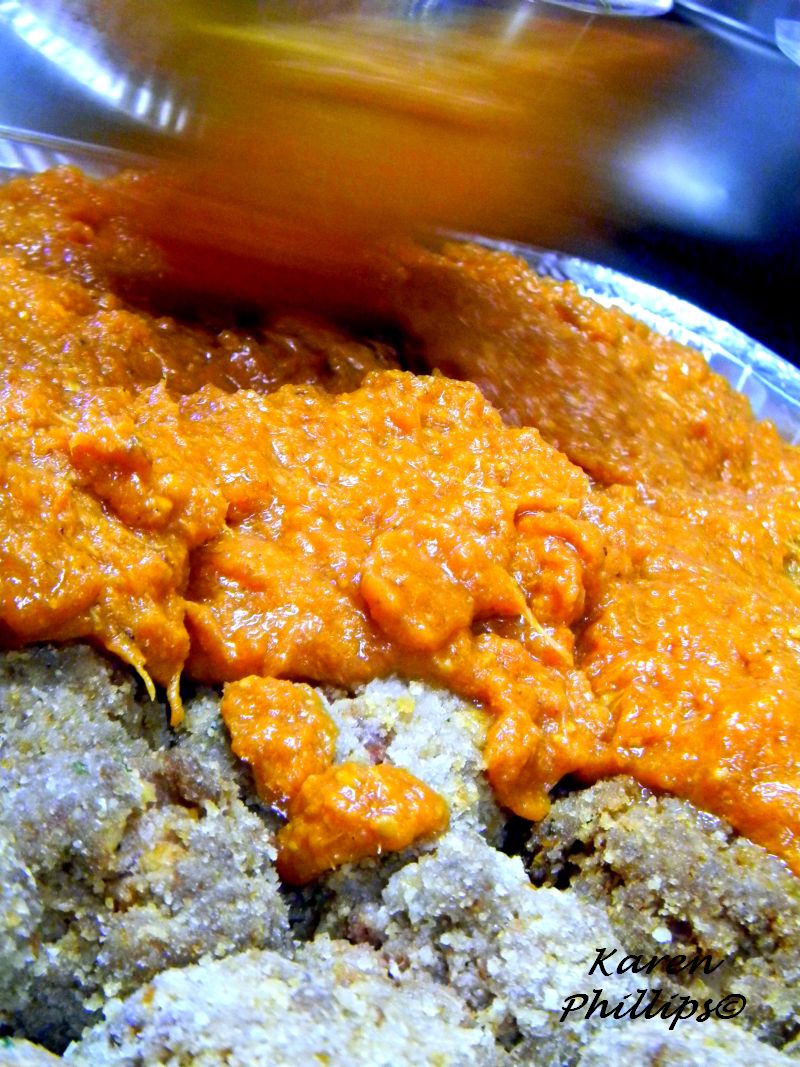particularly on Martedi' Grasso, you have to cook lasagna. You're not Neapolitan if you don't! I was told. Well, I;m not...but I did get caught up with the spirit of it all. I love a good lasagna and every year since then I make sure that there is lasgana on the menu. All without asking why? perche'?
Until this year, until this week. I decided to visit Chef Pietro Parisi at his retaurant Era Ora in Palma Campania (Na).
Parisi, known also as the chef contandino/farmer, is deeply rooted in tradition. And he was more than happy to share with me a little background on this dish as well as other carnevale menu musts.
First of all, I had to think back to a time when a baked lasagna was not a common menu item. A dish rich in tomato sauce with meat was something that only the rich could afford. So to have this dish on the table was something special. And what better period than before Lent to than for a poor man to feel rich than at the dinner table?
Let's begin with meatballs. These were made with ground beef and/or pork. Bread crumbs were added along with garlic, cheese, eggs, and parsley Some families, Parisi shared, couldn't afford meat. So meatless 'meatballs' were made just using bread crumbs and the other ingredients if they had them on hand. Meatballs, meatless or not, were then fried and either added to a tomato sauce or eaten alone.
Then there's the sauce. A slow cooked tomato sauce with ricotta added, if available.
But which pasta? I was curious. Neapolitans historically use a long curly pasta known as reginette or malfadine. Not the wide flat shape pasta that we may be used to. That is popular in regions such as Emilia-Romagna.
All layered and baked together to make a poor man's table rich.
What else enriched the table? Pork was plentiful during this time of year, since they are butchered during this period for salamis, prosciuttos, etc. So a plate of salumi ...
and fresh ricotta cheese.
What else enriched the table? Pork was plentiful during this time of year, since they are butchered during this period for salamis, prosciuttos, etc. So a plate of salumi ...
and fresh ricotta cheese.
What about dessert? You can't feel rich without dessert. In Naples, chiacchierre, a fried pastry sprinkled with sugar is classic. Historically served with sanguinaccio, pork blood sweetened with sugar. Poor man's chocolate. That, however, has been replaced with chocolate.
Parisi added A carnevale, ogni scherzo vale...anything goes. And if that meant that for at least one day a year, at the dinner table, a poor man could feel like a king.
Parisi added A carnevale, ogni scherzo vale...anything goes. And if that meant that for at least one day a year, at the dinner table, a poor man could feel like a king.







0 comments:
Post a Comment